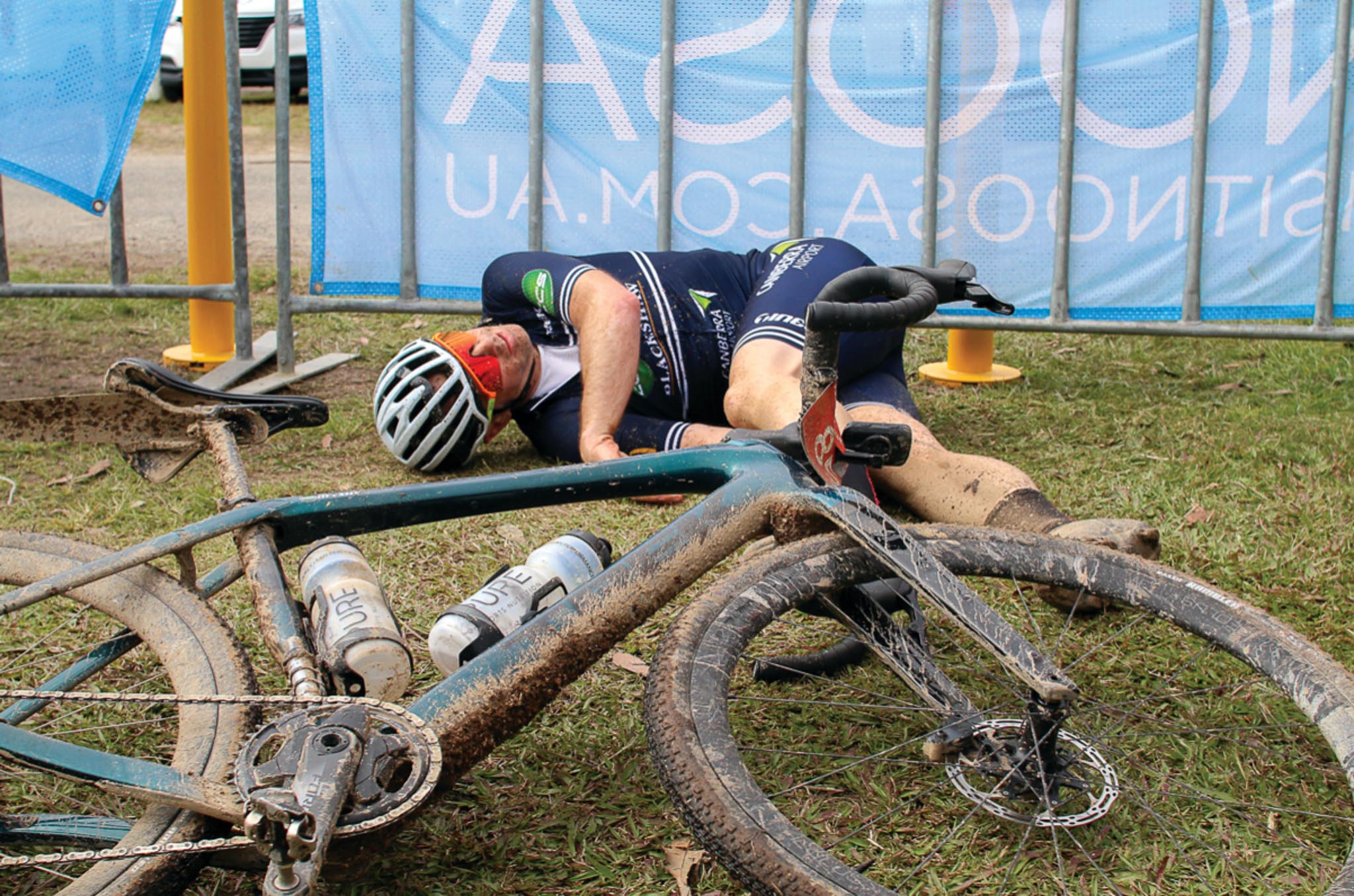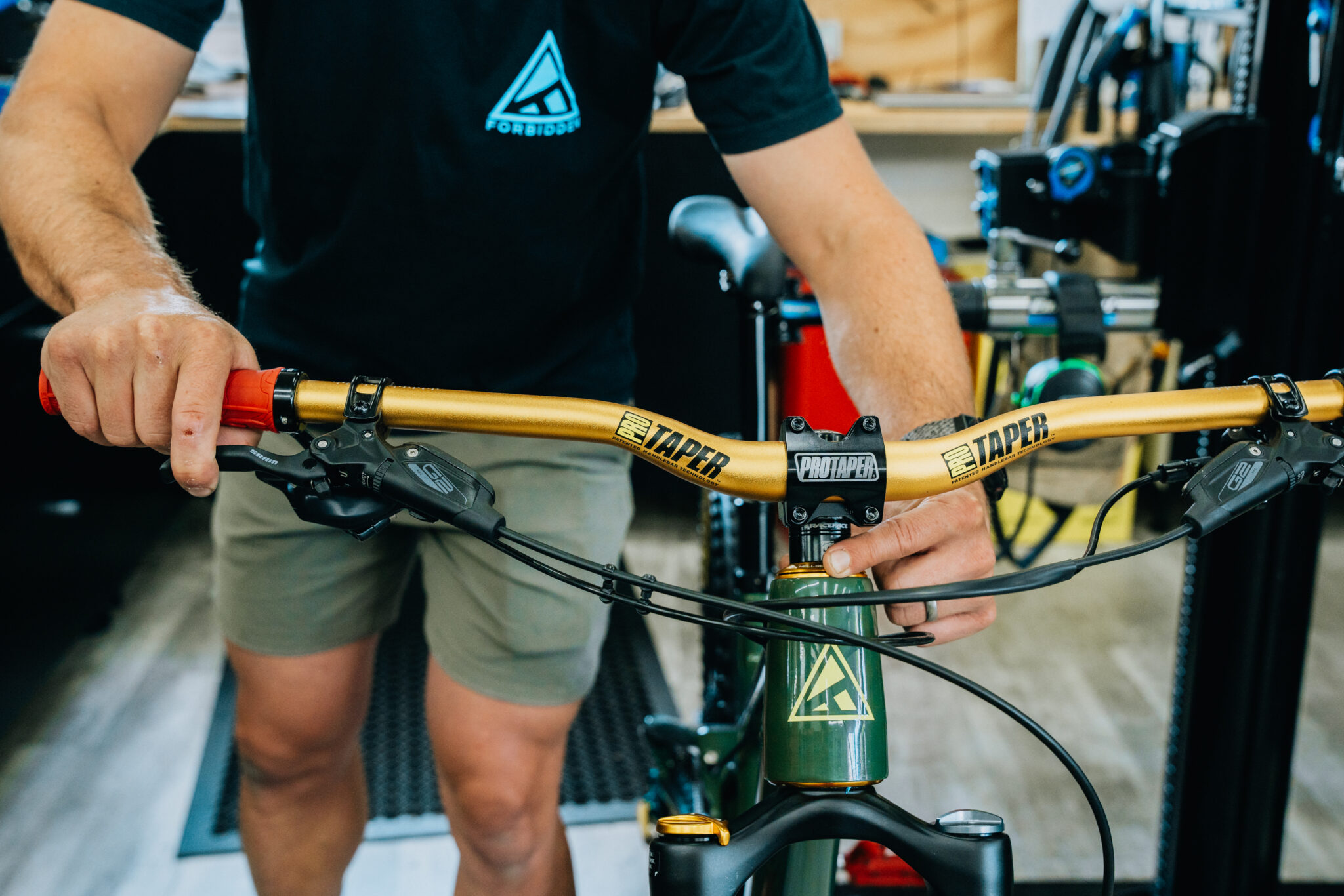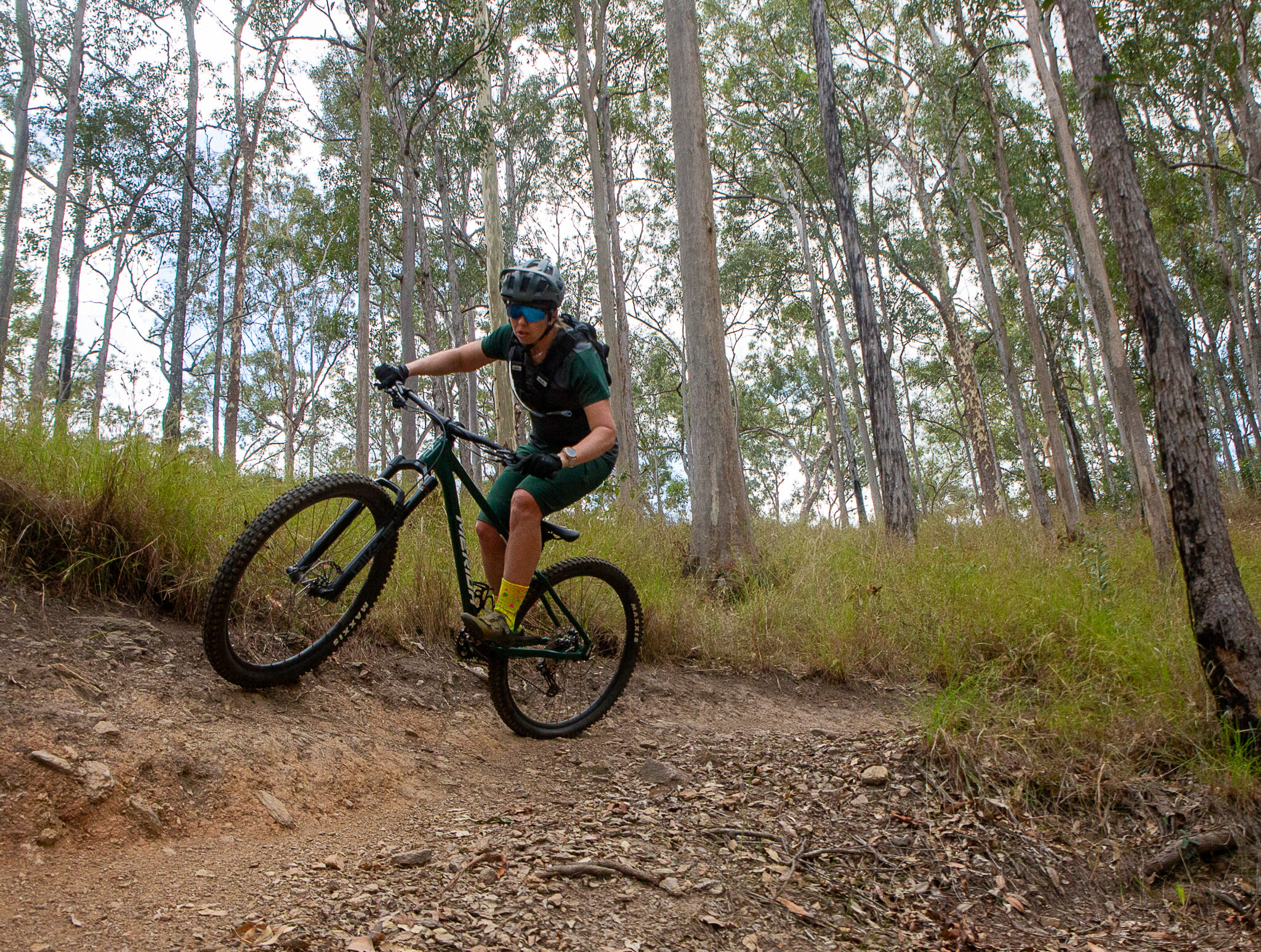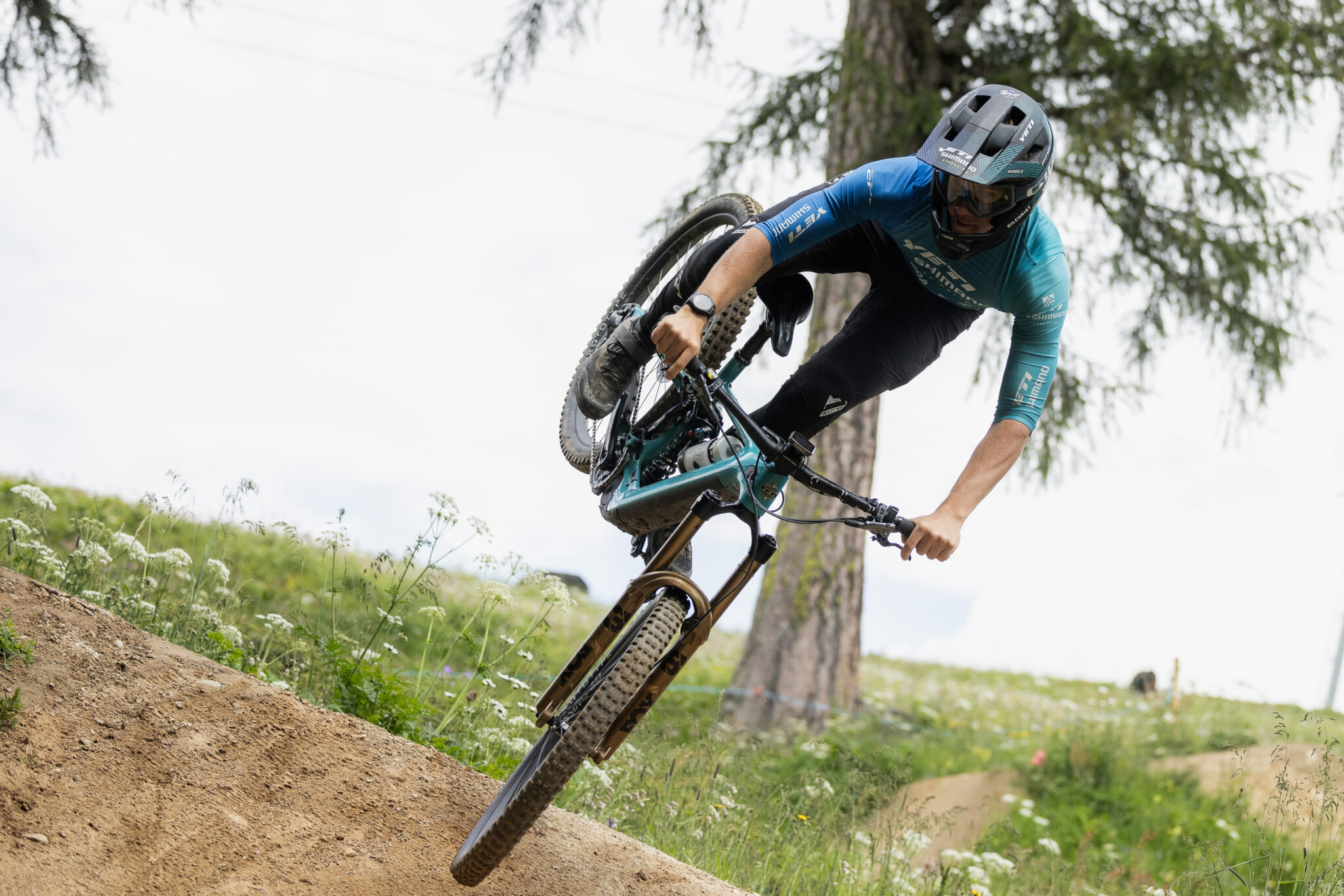NUTRITION: All you need to know about salt and performance
Drinking water to replace fluids lost during exercise is always encouraged, but replacing the salt lost during exercise is sometimes overlooked.
Words: Zoe Wilson
Photos: Mike Blewitt, Element Photo Video
What is sodium and why do we need it?
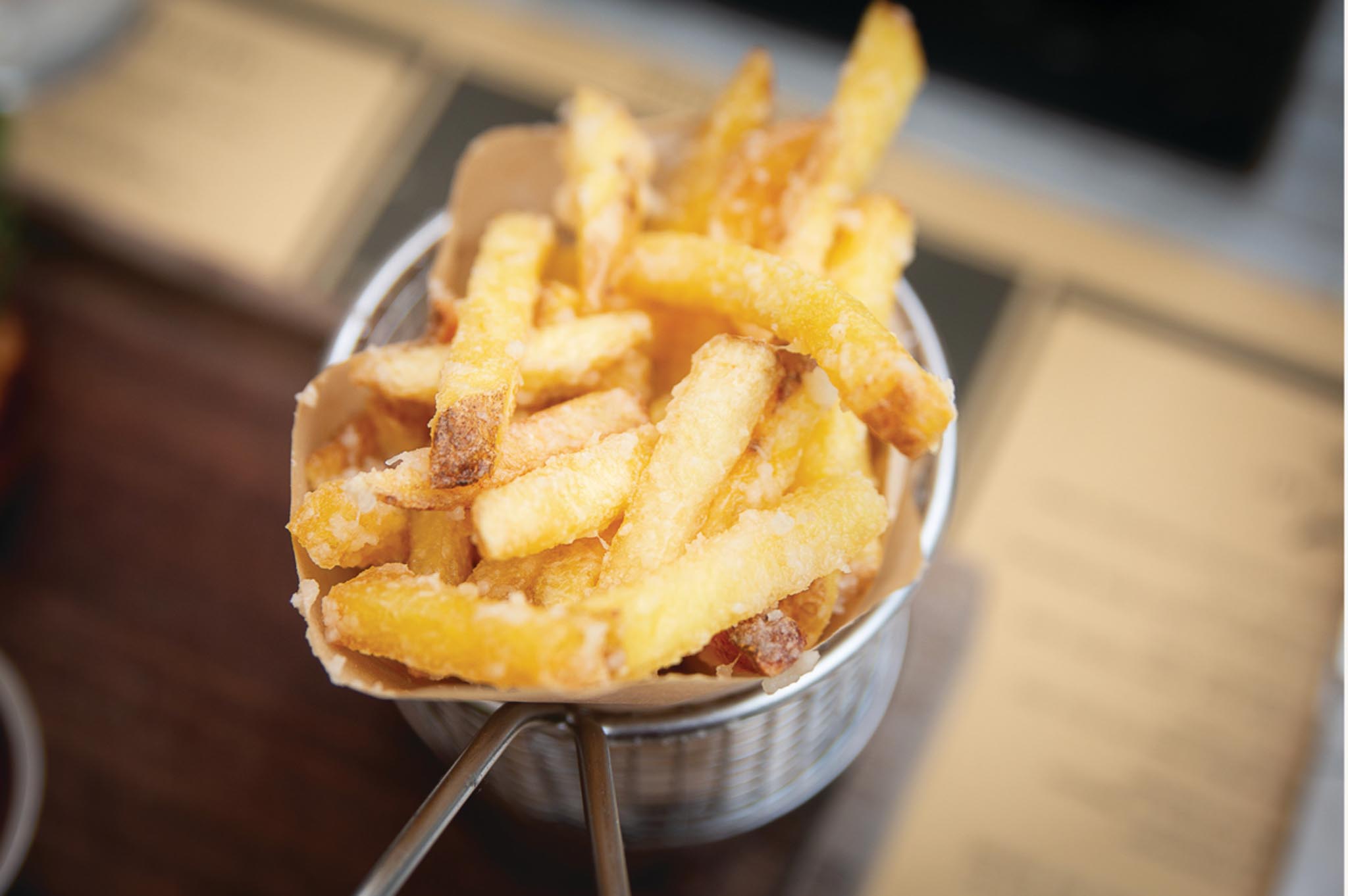
Chemically, salt is a mix of two minerals: sodium and chloride, which is why the terms salt and sodium are often used interchangeably. Minerals like sodium have an important job – to maintain fluid balance in the body. Too much sodium (hypernatremia) can lead to too much fluid in the body and high blood pressure, and too little sodium (hyponatremia) can lead to symptoms like muscle cramps, nausea, vomiting, and dizziness and negatively impact sports performance. In severe cases, a lack of sodium can lead to shock, coma, and death. Sodium is therefore a critical nutrient in the maintenance of normal bodily function and optimal performance on the bike. And, because the body can’t produce or store sodium beyond a certain point, you need to consume sodium every day to keep levels topped up.
How much sodium do we need?
To function, an adult body only needs around 460 to 920mg sodium (equivalent to 1 to 2g of salt or a quarter of a teaspoon) per day. The NHMRC recommends that the average Australian adult should aim to eat less than 2000mg of sodium per day (equivalent to about 5,000mg or 5 g of salt or 1 teaspoon).
You might think this target is reasonable, but most Australians eat almost double the recommended target, so we have room for improvement! Eating less salt each day will help reduce the likelihood of issues such as high blood pressure, and kidney and cardiovascular disease.
To reduce sodium intake, it is best to stick to a healthy diet – many healthy, everyday foods contain minimal sodium (such as vegetables and fruit, most dairy, and fresh meats). Most of the sodium that we eat is found in processed and packaged foods, not just the salt added during cooking or at the table.
Sodium and sweat loss during exercise
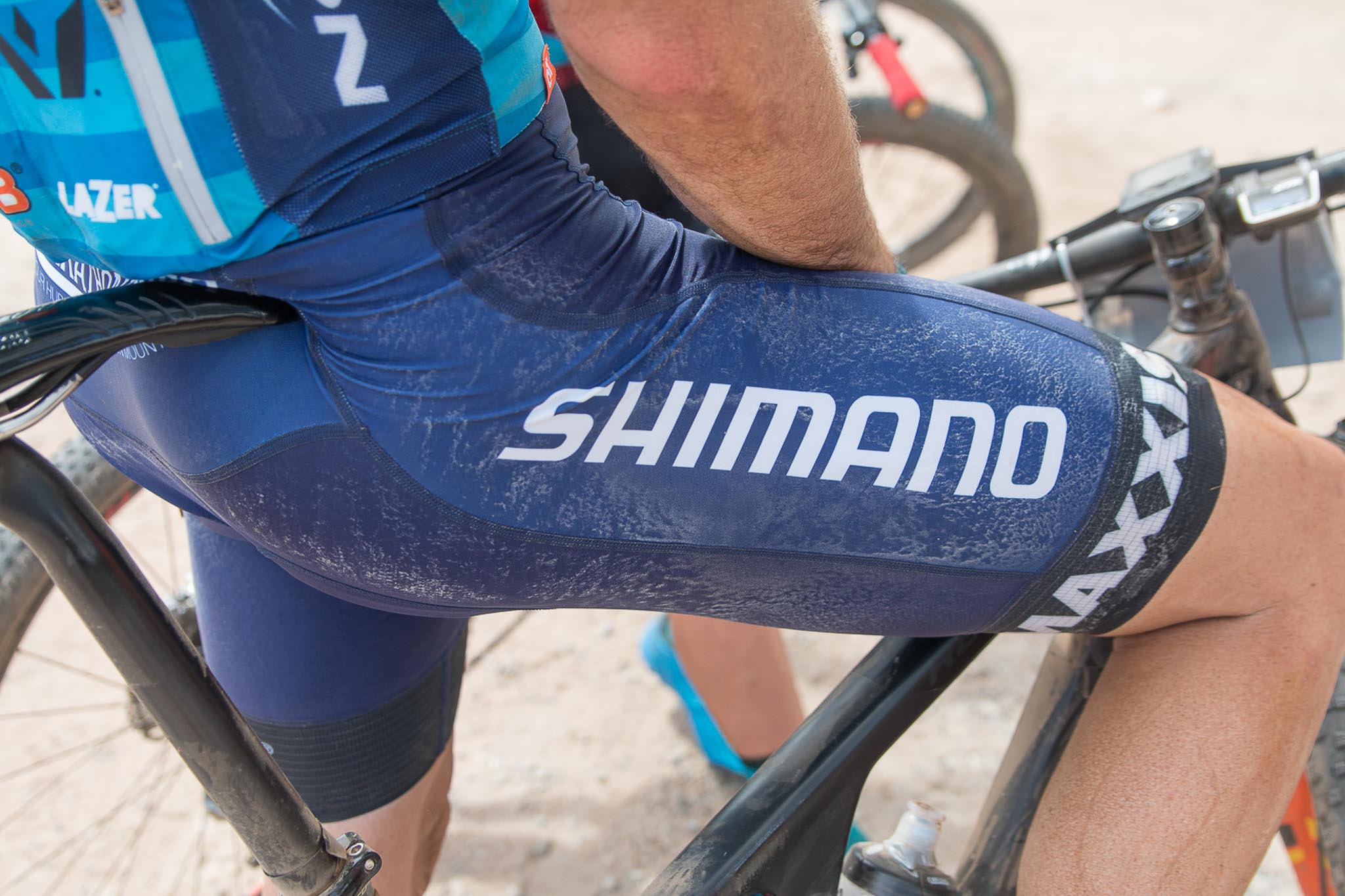
During exercise, sodium is lost through sweat. The amount of sweat lost during exercise varies from person to person and can be really significant, particularly if training or racing multiple times a day or often over consecutive days. The amount of sweat lost during exercise is also affected by environmental conditions like humidity and temperature, clothing, exercise intensity and duration, hydration status, and heat acclimatisation.
How much sodium do athletes need?
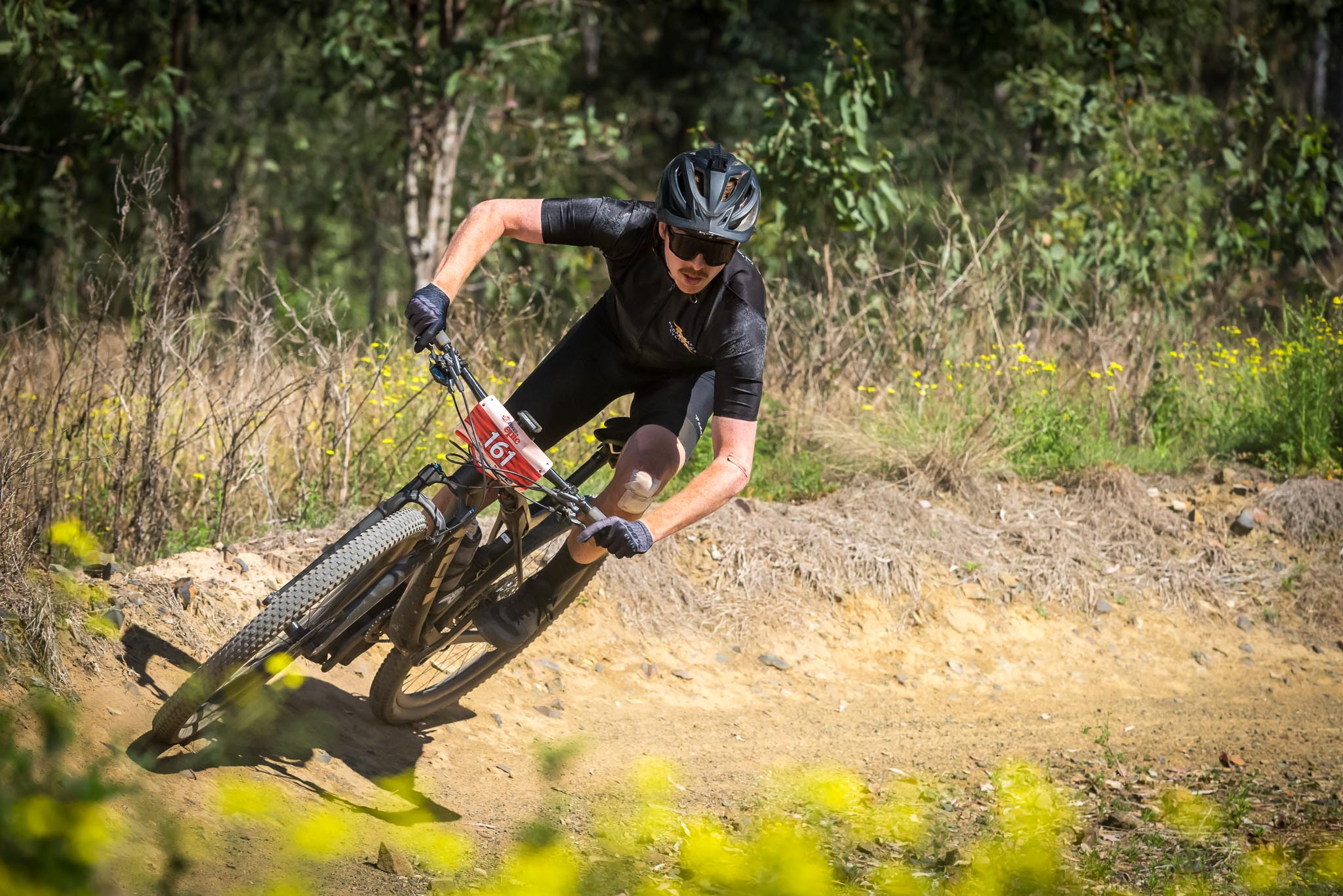
Although the typical Australian diet often contains much more sodium than is needed, this may not be true for the athlete. Even though most of us eat more sodium than we need, intense, prolonged exercise can lead to significant sodium and fluid losses that may harm hydration and fluid balance. Athletes, depending on circumstances, may need to replace sodium as well as fluid when rehydrating during and after exercise. Rehydrating with a sports drink or electrolyte-only tablets in water is an easy way to do this.
How to make a plan
Many studies have examined how much athletes sweat and how salty their sweat is. The short story is – there is a lot of variation from person to person. The saltier your sweat and the more you sweat, the more likely you may need to replace sodium in your diet, particularly during hot, long, or intense training or racing.
It is easy to do a fluid audit at home to figure out your sweat rate. Weigh yourself before and after a session without clothes and measure how much you drink during the session. The sweat rate will be the difference in your weight after the session plus the amount you have drunk during the session and then divided by the number of hours. For example, a 75kg athlete that finishes a 3-hour ride weighing 70kg has lost 5L of fluid. If they drank 1L of fluid during the ride their total loss is 6L of fluid or 2L per hour.
Determining how much sodium is lost in sweat is more difficult. Visiting a Sports Dietitian to have sweat testing done is the most accurate way to do this. If playing along at home, you can at least roughly estimate if you are a ‘salty sweater’ – if you often have white salty crystals on your face or clothing after training, you are likely a salty sweater. Salty sweaters may be more likely to need to replace sodium and fluid during or after exercise. However, this depends on the type and length of the session or race and the environmental conditions, so it’s best to see a Sports Dietitian to create a solid sports hydration plan.
